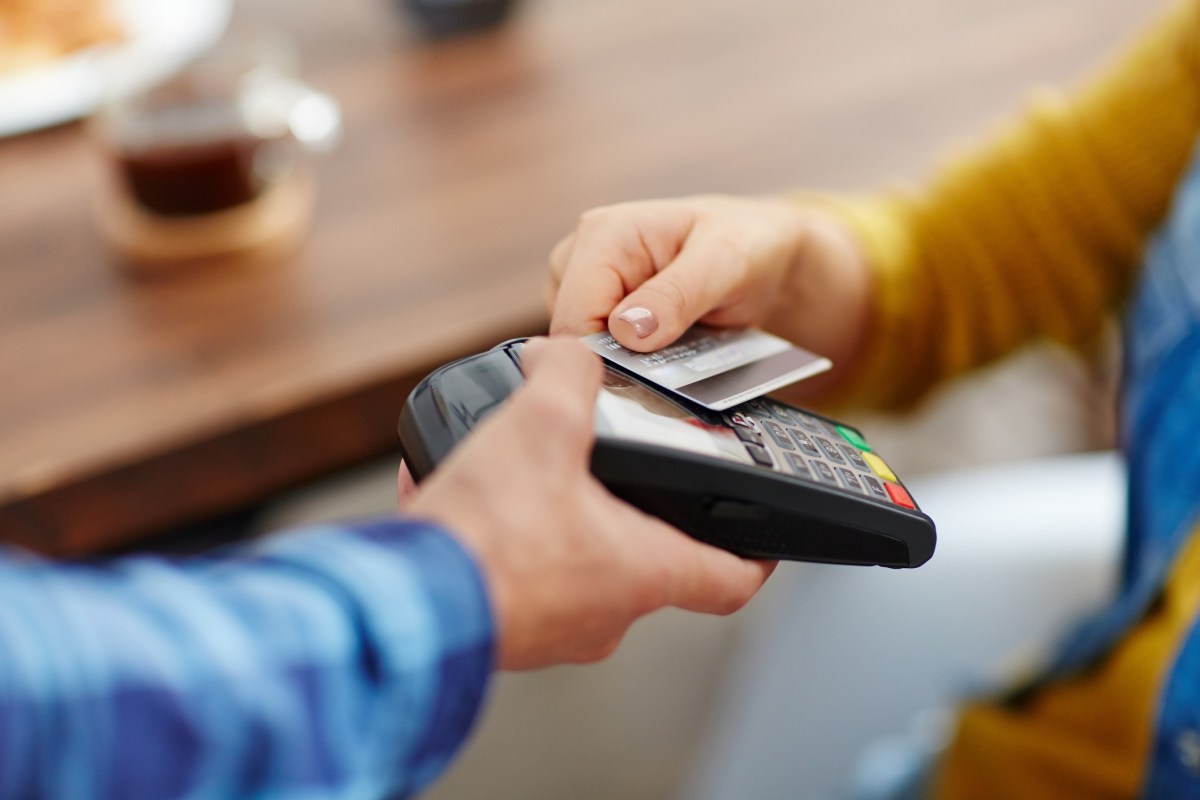The events of 2020 dramatically accelerated the Australian e-commerce industry. According to Australia Post, more than four in five Australian families made an online purchase at some point in 2020 and 1.3 million households made their first e-commerce purchase during the year.
As a result of this growth, online sales accounted for more than 16 per cent of all retail sales.[1] However, this still means that 84 per cent of retail sales are conducted in a physical store setting. And, customers who have become accustomed to the fast online checkout experience may have little patience for clunky, inefficient experiences at the physical point of sale.
Consumers prefer to shop in store across most categories because they like to hand-pick items (67 per cent) and try things on (57 per cent). Half of Australian customers also prefer face-to-face customer service.[2] This is a key drawcard for customers to shop in-store, so it’s essential for retailers to offer an exceptional customer experience.
Retailers looking to enhance in-person interactions often neglect one of the most powerful weapons in their arsenal: the customer loyalty program. Loyalty and rewards programs have been in use for decades, evolving from simple paper punch-cards to more sophisticated, plastic cards that consumers can scan and display in store, or register online, to collect loyalty points redeemable for rewards.
But, with the average Australian being a member of more than six loyalty programs across different brands, these cards are jostling for space in the customer’s wallet.[3] Even digital-only options aren’t delivering on expectations, and fewer than one in five loyalty program members say their program makes them feel special and recognised.[4]
Fishing loyalty cards out of their wallet or providing membership details such as a name and phone number at the point of sale creates unnecessary and unwelcome friction for customers.

This can prevent retailers from benefitting from loyalty programs because customers may decide not to provide their loyalty card or details, which means the retailer can’t capitalise on the data provided by the program. This can also stop retailers from building strong relationships with loyal customers and from leveraging data on consumer buying behaviours to deliver more hyperpersonalised experiences.
This isn’t to say that loyalty programs are outmoded. With the right platform, retailers, program operators, and members alike can gain significant benefits from loyalty programs. Card-linked loyalty platforms can overcome these challenges and deliver a powerful customer experience in three key ways:
1. Frictionless transactions encourage increased participation
Card-linked loyalty and rewards programs have changed the game. An open ecosystem that is bank- and card-agnostic creates a seamless in-person shopping experience because shoppers don’t have to scan an additional card, enter a code, or perform any further actions that might disrupt the transaction process at the point of sale. This will encourage increased participation and further brand trust.
Using an open platform to deliver loyalty and rewards programs also provides consumers with an even wider range of rewards options such as cashback, charitable donations, and even direct contributions to their superannuation. Providing these options at the point of sale without requiring additional input from the customer will contribute to increased engagement and a better customer experience.
2. Retailers can use customer data
Digital loyalty programs offer merchants valuable real-time data that can be used to further develop the customer relationship. With insights into customer shopping habits, retailers can tailor promotions and offers that will appeal to each individual, offering hyperpersonalised experiences for consumers.
This can be accomplished through highly targeted recommended ads, discount or value-add promotions, or even offering localised rewards based on where the customer lives. Real-time updates also mean that a brand can tweak in-market promotions or recommendations if they are failing to hit promotional benchmarks. This ability to pivot quickly can prevent time and money being poured into an ineffective campaign. These types of targeted approaches are made even more appealing to the average shopper when unique data findings are used to inform the strategy.
3. Create increased loyalty
When customers can complete their transaction seamlessly without having to stop to provide loyalty program details, they invariably are left with a positive impression of the experience. Moreover, they can participate in loyalty programs effortlessly, making them more likely to engage.
By streamlining loyalty processes at the point of sale and removing the burden of participation from customers’ shoulders, retailers can build stronger relationships with their customers, competing more effectively in a challenging landscape. Hyperpersonalisation, driven by loyalty and rewards programs, can also play a key role in delivering the kinds of customer experiences that can change the game for retailers, especially when it can be used to further simplify engagement at the point of sale.
Cary Lockwood is CEO of Loyalty Now.
[1] Australia Post: Inside Australian Online Shopping: 2021 eCommerce Industry Report
[2] https://www.shopassociation.org.au/news/new-research-australians-prefer-shopping-store-virtual-experiences-help-drive-online-purchases
[3] https://newsroom.mastercard.com/asia-pacific/files/2018/01/Loyalty-Solutions-Whitepaper.-AP-Region-20171.pdf
[4] https://cdn2.hubspot.net/hubfs/352767/Loyalty%20Report%202018%20Files/Bond_TheLoyaltyReport%202018%20US_Exec%20Summary.pdf?__hstc=20629287.9baff9b886da5e2fe655b4113897e76d.1580934235534.1585683608724.1586982181323.7&__hssc=20629287.3.1586982181323&__hsfp=3576519970

